How Can Seniors Stay Physically Active and Healthy?
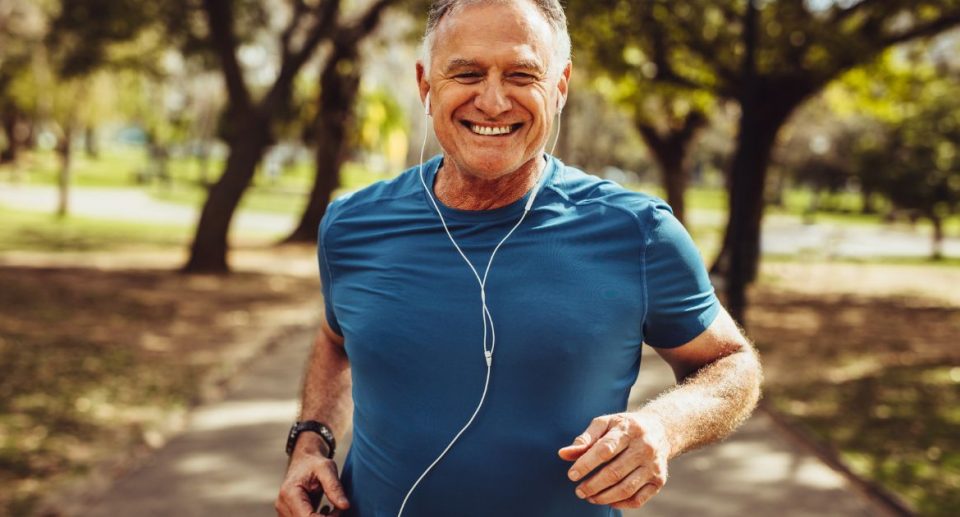
Staying physically active and maintaining good health is crucial at any age, but it becomes even more important as we get older. Regular physical activity can help seniors improve their balance, strength, and flexibility, reduce the risk of chronic diseases, and enhance mental health. This blog post will explore various ways seniors can stay physically active and healthy, ensuring they lead a vibrant and fulfilling life.
Benefits of Physical Activity for Seniors

Before diving into specific activities, it’s essential to understand the numerous benefits of staying active:
- Improved Strength and Flexibility: Regular exercise helps maintain muscle mass and joint flexibility, which are crucial for daily activities and preventing falls.
- Better Balance and Coordination: Activities that enhance balance and coordination can reduce the risk of falls, a common concern for seniors.
- Enhanced Mental Health: Physical activity releases endorphins, which improve mood and reduce symptoms of depression and anxiety.
- Chronic Disease Prevention: Regular exercise can help manage or prevent chronic conditions like heart disease, diabetes, and arthritis.
- Increased Longevity: Staying active can lead to a longer, healthier life by reducing the risk of various health issues.
Types of Physical Activities for Seniors
1. Walking
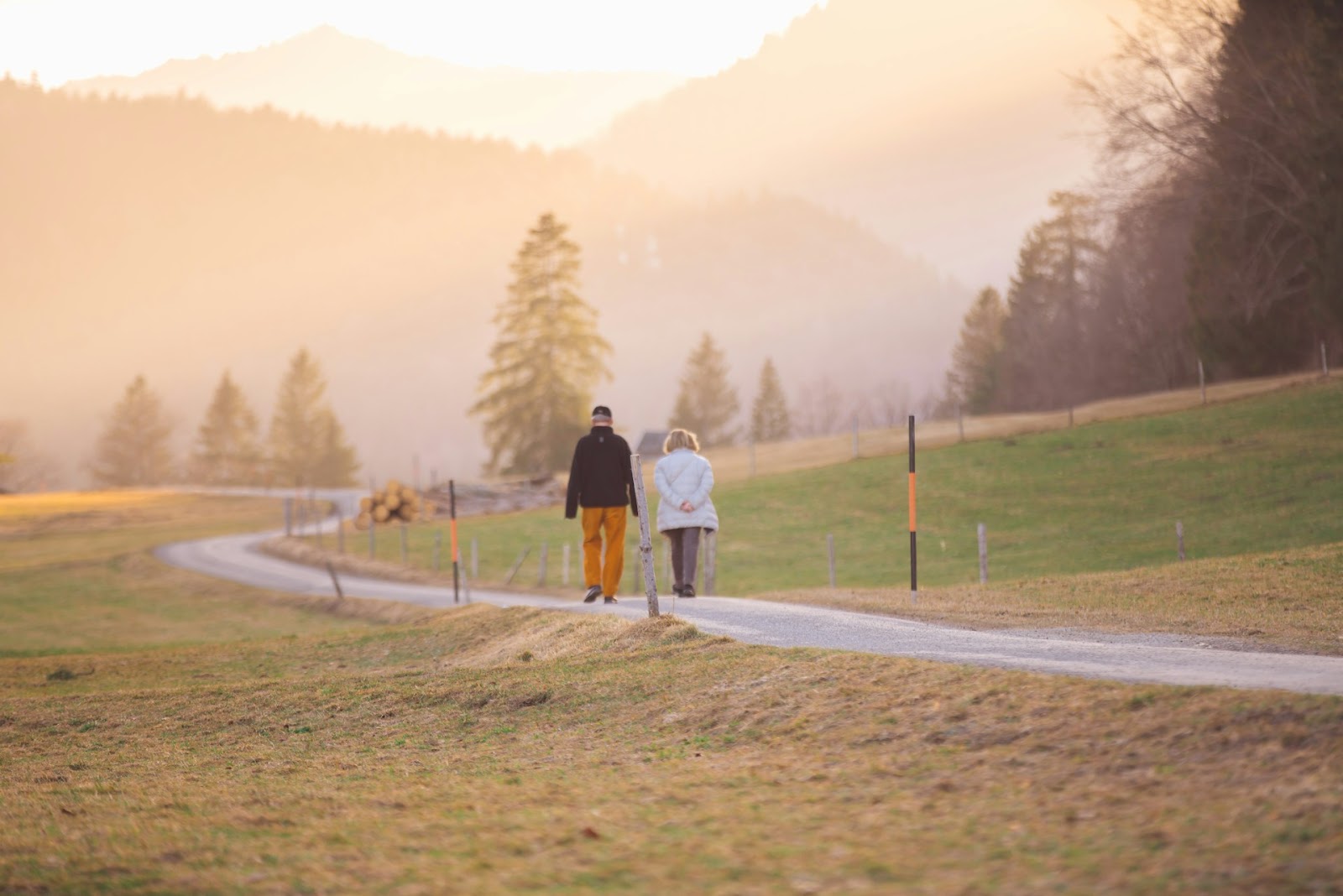
Walking is one of the simplest and most effective forms of exercise. It requires no special equipment and can be done almost anywhere. Regular walks can improve cardiovascular health, strengthen muscles, and boost mood. Aim for at least 30 minutes of walking most days of the week. If you’re new to exercise, start with shorter walks and gradually increase the duration and pace.
2. Strength Training
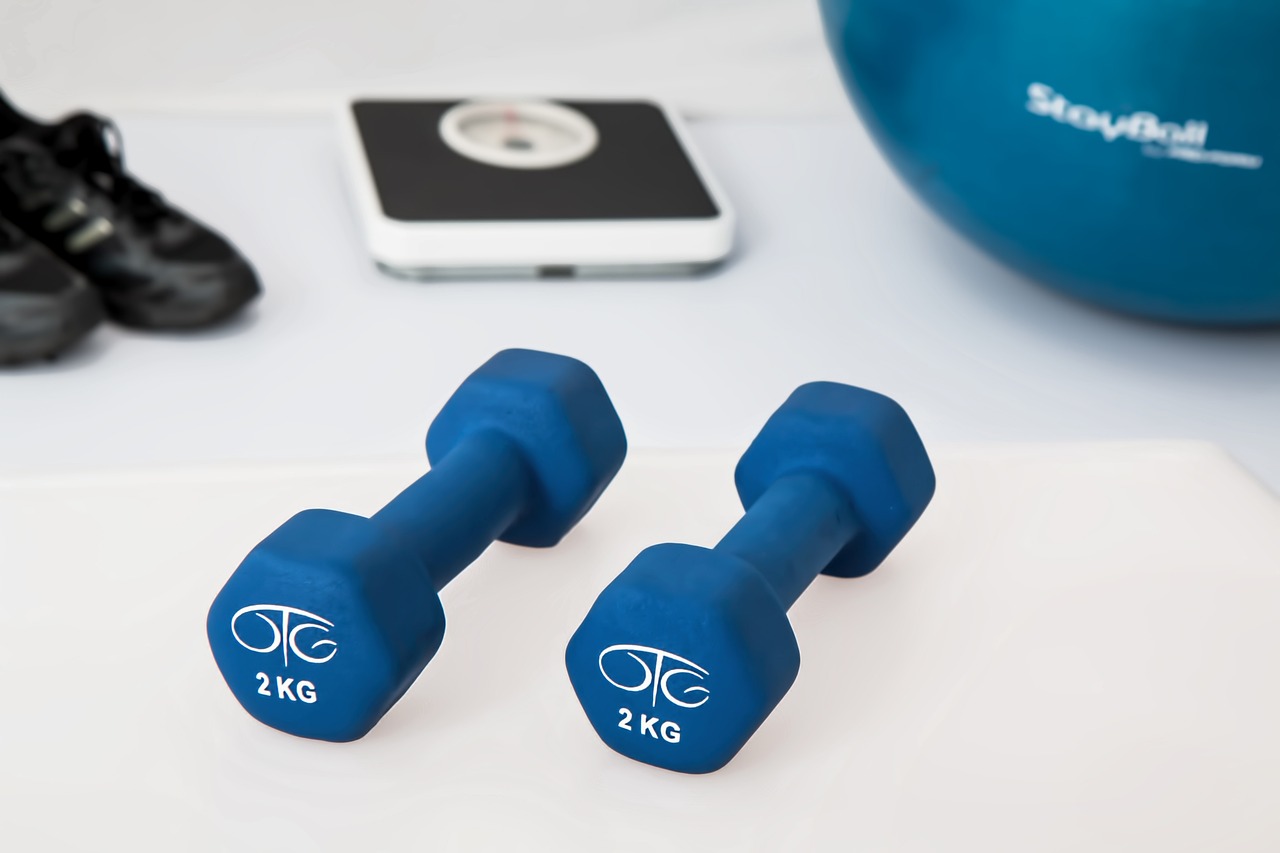
Strength training is essential for maintaining muscle mass and bone density. It involves using weights, resistance bands, or body weights to perform exercises like squats, lunges, and bicep curls. Strength training can help with daily activities, such as carrying groceries and climbing stairs. Aim to do strength training exercises at least two days a week, focusing on all major muscle groups.
3. Yoga and Tai Chi
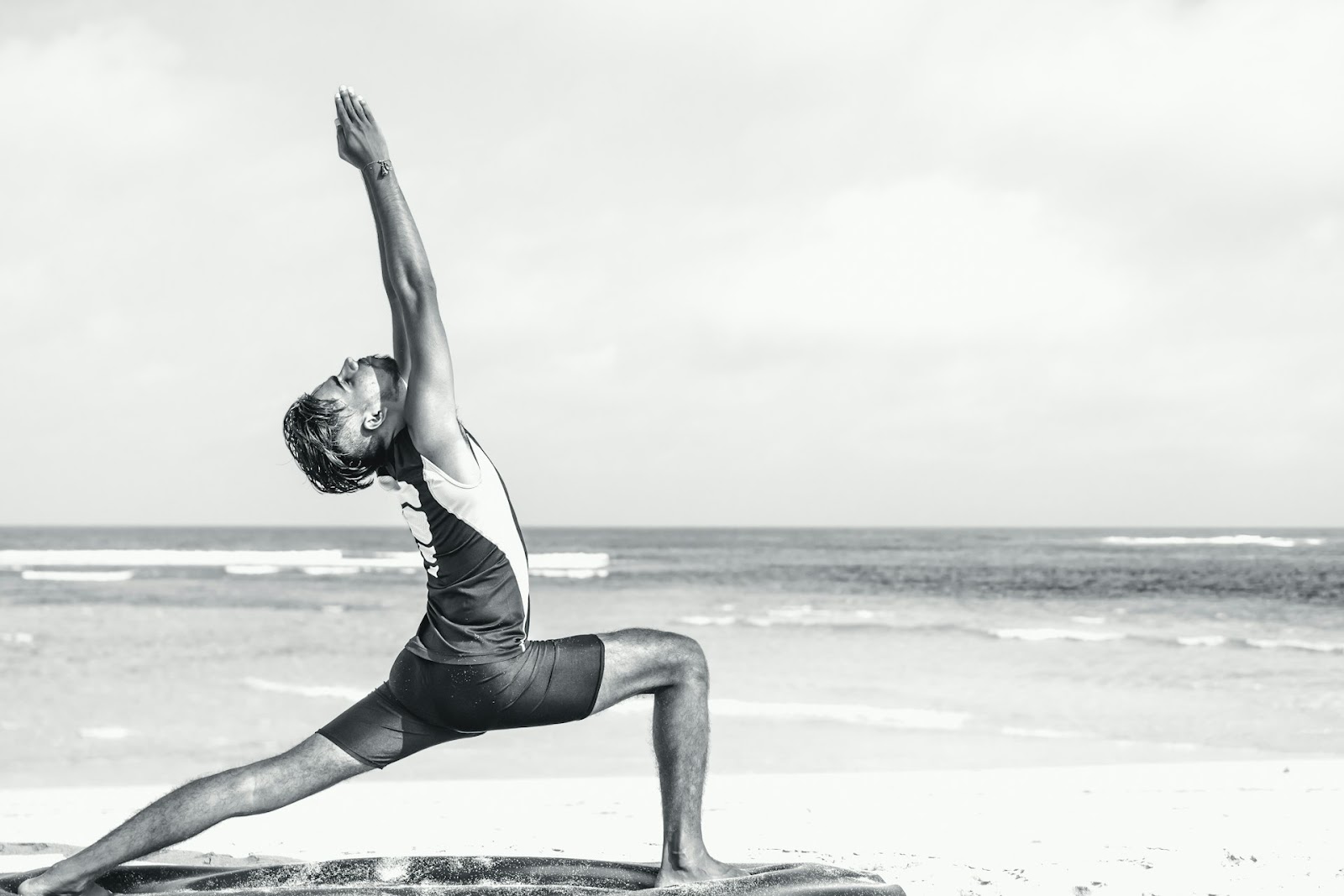
Yoga and Tai Chi are excellent for improving flexibility, balance, and mental well-being. These practices involve gentle movements, setches, and breathing exercises that enhance physical and mental health. Many community trcenters and senior organizations offer classes specifically designed for seniors. Additionally, there are numerous online resources and videos available for those who prefer to practice at home.
4. Swimming and Water Aerobics
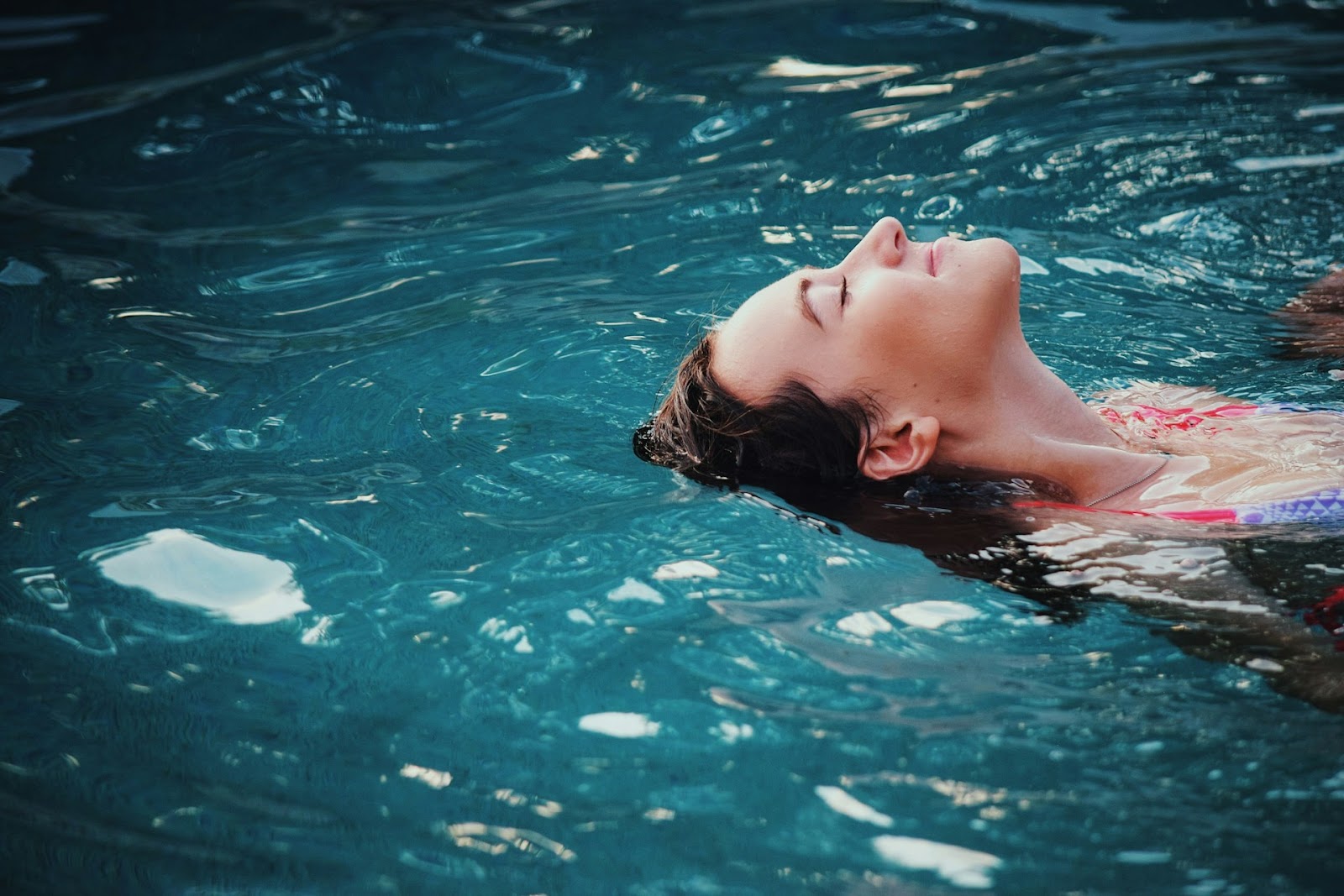
Swimming and water aerobics are low-impact exercises that are gentle on the joints while providing a full-body workout. These activities can improve cardiovascular health, muscle strength, and flexibility. Water’s buoyancy reduces the risk of injury, making it an ideal exercise for seniors with arthritis or other joint issues. Look for local pools that offer senior swim times or water aerobics classes.
5. Dancing

Dancing is a fun and social way to stay active. Whether it’s ballroom dancing, line dancing, or a Zumba class, dancing can improve cardiovascular health, coordination, and balance. Many community centers offer dance classes for seniors, providing an excellent opportunity to meet new people and stay motivated.
6. Gardening

Gardening is a wonderful way to stay active while enjoying the outdoors. It involves various physical activities like digging, planting, weeding, and watering, which can improve strength and flexibility. Gardening also offers mental health benefits, as spending time in nature and nurturing plants can reduce stress and enhance well-being.
7. Cycling

Cycling, whether on a stationary bike or a regular bicycle, is a low-impact exercise that strengthens the legs, improves cardiovascular health, and boosts endurance. Stationary bikes are a safe option for indoor exercise, especially for those who may have balance concerns. If you prefer outdoor cycling, ensure you wear a helmet and follow safety guidelines.
Tips for Staying Active

1. Start Slow and Gradual
If you’re new to exercise or haven’t been active for a while, start slow and gradually increase the intensity and duration of your workouts. Listen to your body and avoid pushing yourself too hard, as this can lead to injury.
2. Find Activities You Enjoy
Engaging in activities you enjoy increases the likelihood that you’ll stick with them. Experiment with different types of exercises until you find ones that you look forward to doing.
3. Make It Social
Exercising with friends or joining a group class can make physical activity more enjoyable and provide social benefits. Having a workout buddy can also help keep you motivated and accountable.
4. Set Realistic Goals
Set achievable goals that are specific, measurable, and time-bound. For example, aim to walk for 30 minutes three times a week or to complete a 10-minute yoga session every morning. Celebrate your progress and adjust your goals as needed.
5. Stay Consistent
Consistency is key to reaping the benefits of physical activity. Try to incorporate exercise into your daily routine, whether it’s a morning walk, an afternoon swim, or an evening yoga session.
6. Listen to Your Body
Pay attention to how your body feels during and after exercise. If you experience pain, dizziness, or shortness of breath, stop the activity and consult with your healthcare provider. It’s important to differentiate between normal discomfort from exertion and potential signs of injury or illness.
Conclusion
Staying physically active is vital for seniors to maintain their health, independence, and overall quality of life. With a variety of activities to choose from, such as walking, strength training, yoga, swimming, and dancing, there’s something for everyone. Remember to start slow, find activities you enjoy, and stay consistent by making physical activity regular.





